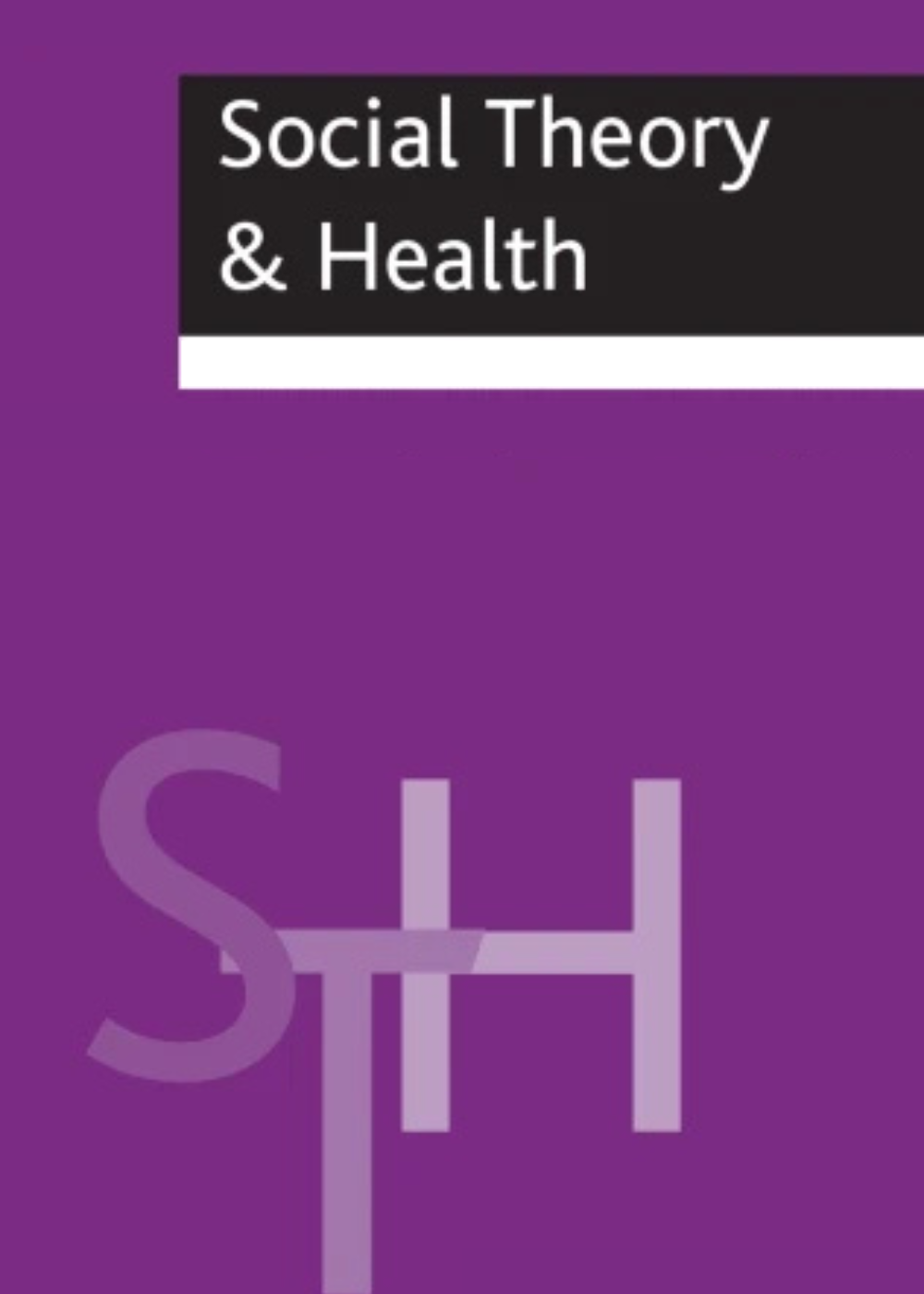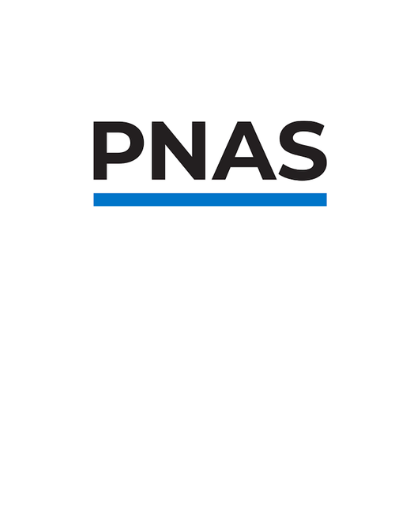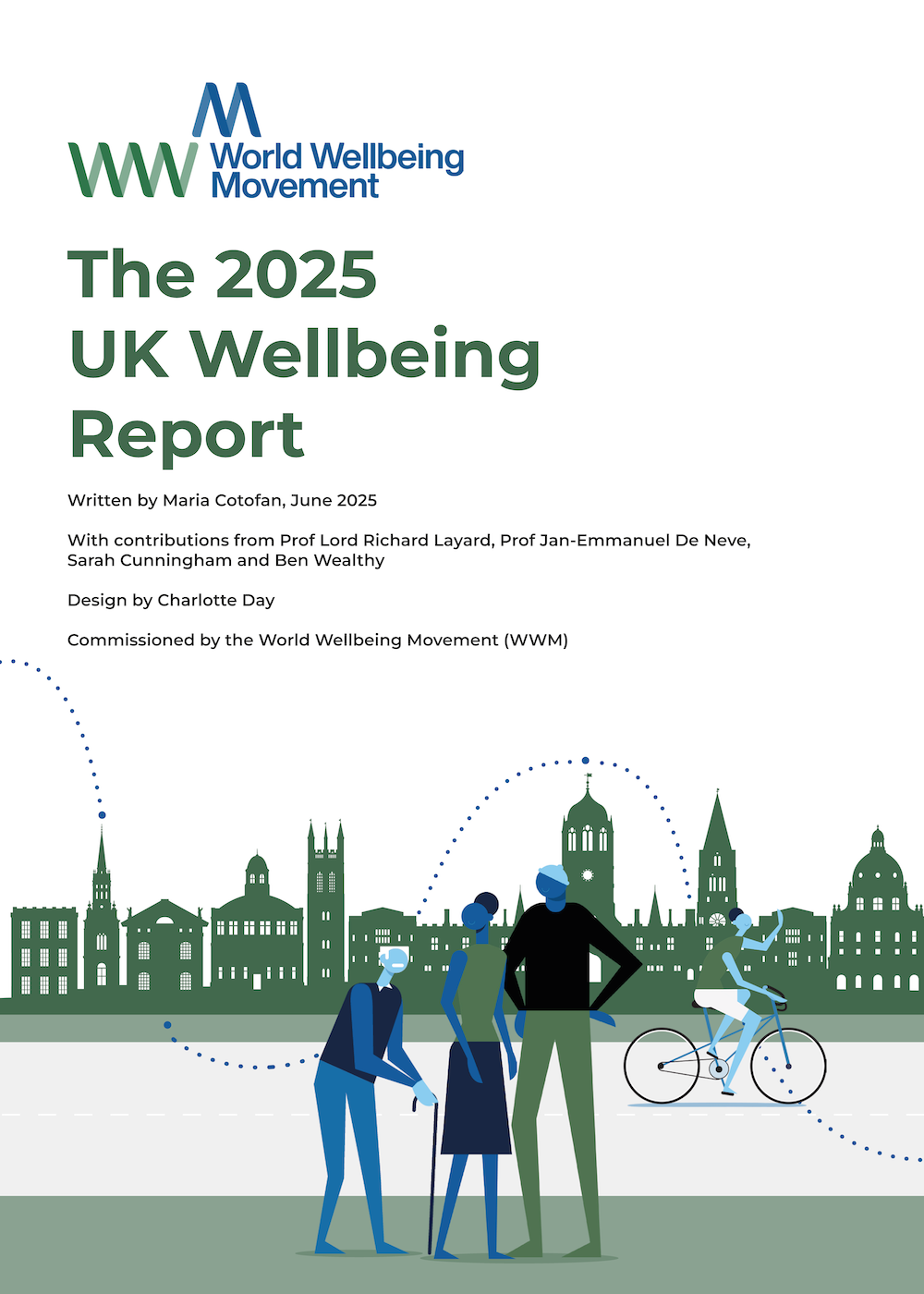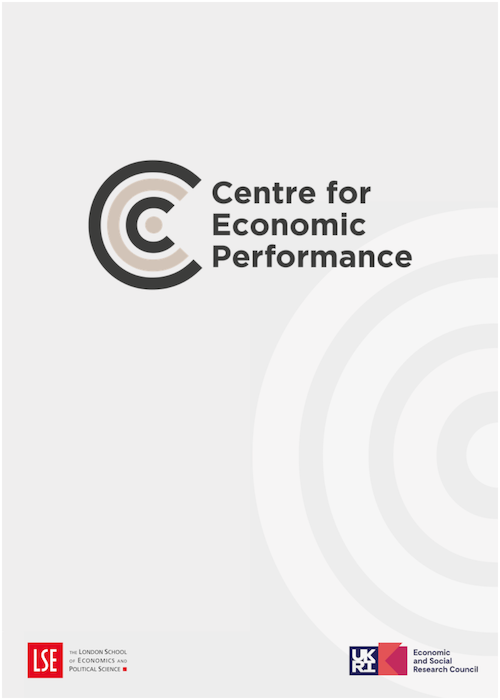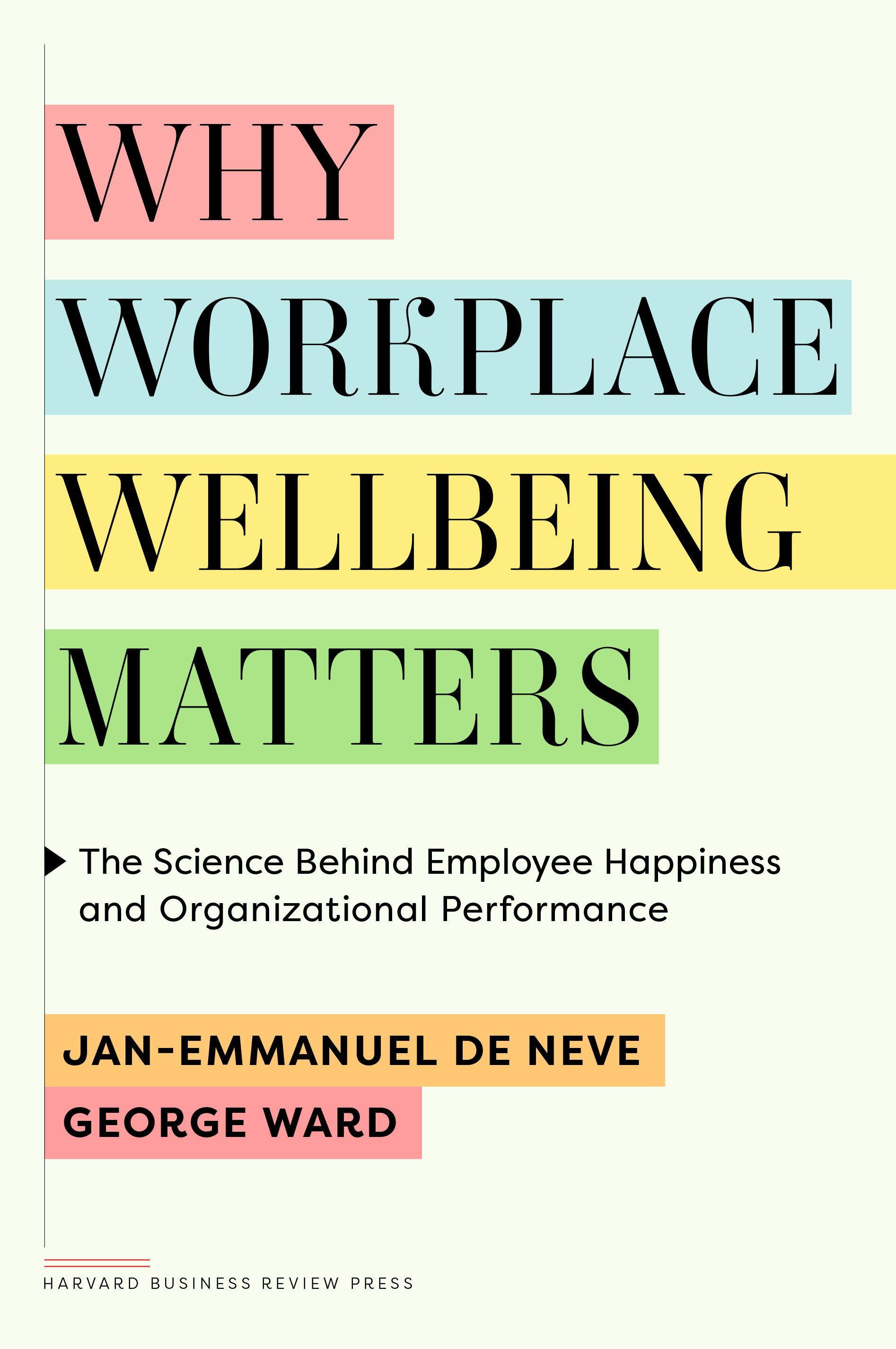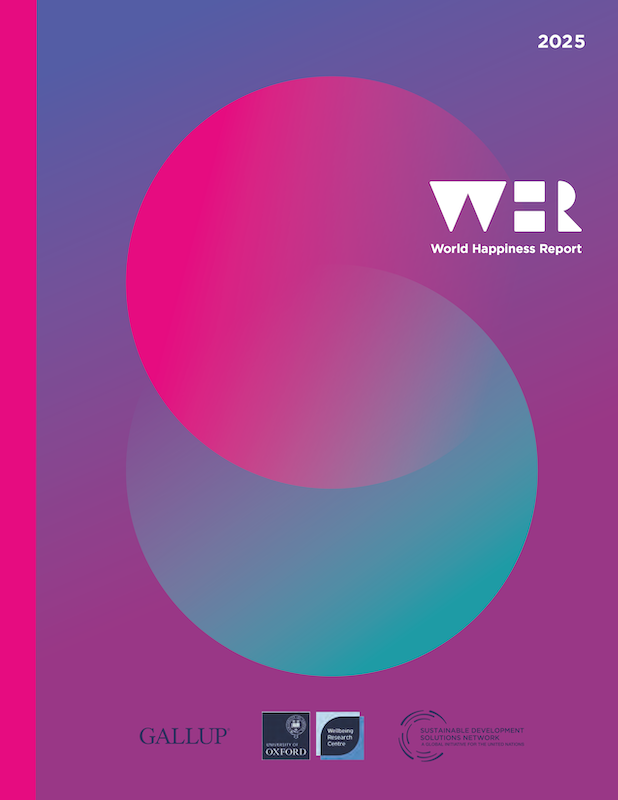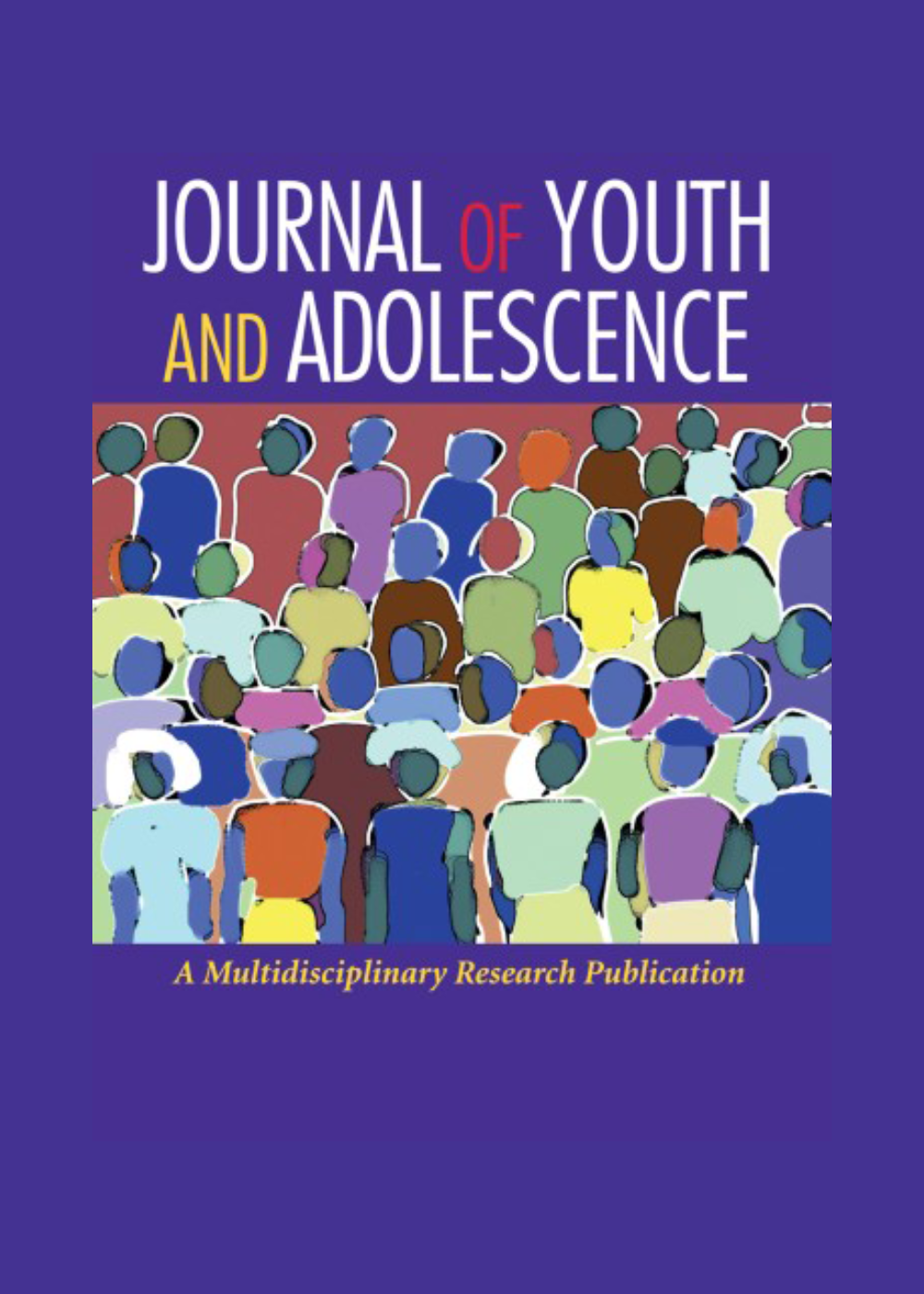
Do Patterns of Adolescent Participation in Arts, Culture and Entertainment Activities Predict Later Wellbeing? A Latent Class Analysis
Journal of Youth and Adolescence
Emma Thornton, Kimberly Petersen, Jose Marquez and Neil Humphrey
Abstract
Participation in arts, culture, and entertainment (PACE) activities may promote adolescent wellbeing. However, little is known about how such activities cluster together, and previous research has used small samples, cross-sectional designs, focused on single activities, and/or has not considered the influence of socio-demographic factors on participation. Using latent class analysis, the aims of this study were to establish: (i) classes of adolescent PACE activities; (ii) associations between socio-demographic characteristics and PACE classification; and, (iii) whether PACE classification predicts later wellbeing. Longitudinal data from the #BeeWell study (N = 18,224 adolescents; mean age at T1 = 12 years 7 months (±3.56 months); 50.54% female) were analyzed. Four latent classes were established: the ‘Dynamic Doers’ (high, wide-ranging participation; 11.87%); the ’Mind and Body Crew’ (reading, arts, videogames, sports/exercise; 39.81%); the ‘Game and Gain Squad’ (videogames and sports/exercise; 29.05%); and the ‘Activity Free Adolescents’ (uniformly low participation; 19.27%). Associations between socio-demographic characteristics and PACE classification were observed (e.g., socio-economic disadvantage increased the likelihood of Activity Free Adolescents classification, compared to Game and Gain Squad classification). Finally, PACE classification predicted later wellbeing (e.g., Dynamic Doers reported significantly higher wellbeing than Activity Free Adolescents). These findings are discussed in relation to the need to improve accessibility and appeal of arts, culture, and entertainment provision for adolescents as a means to optimize their wellbeing.
